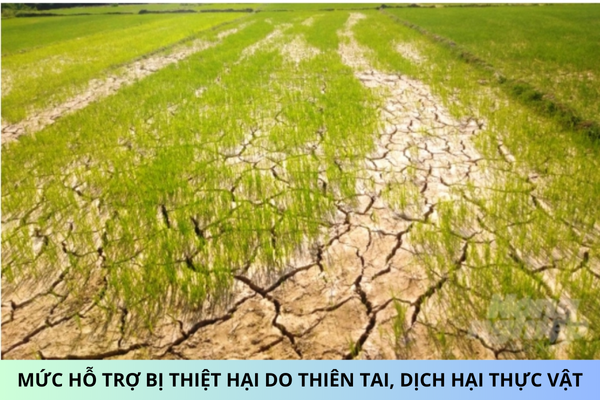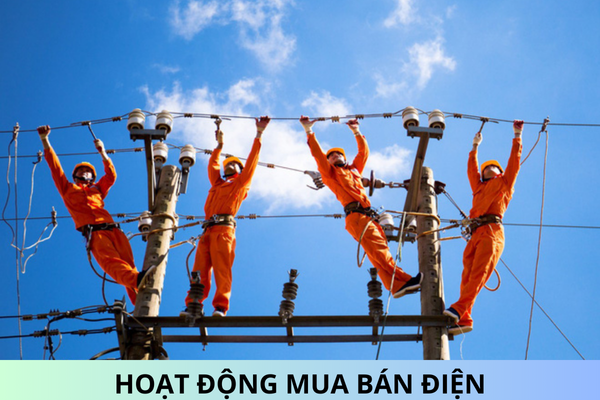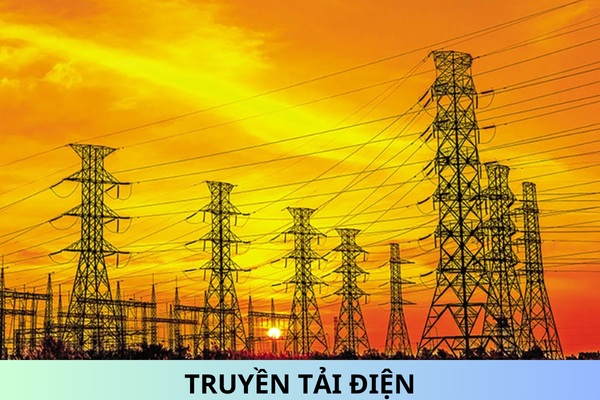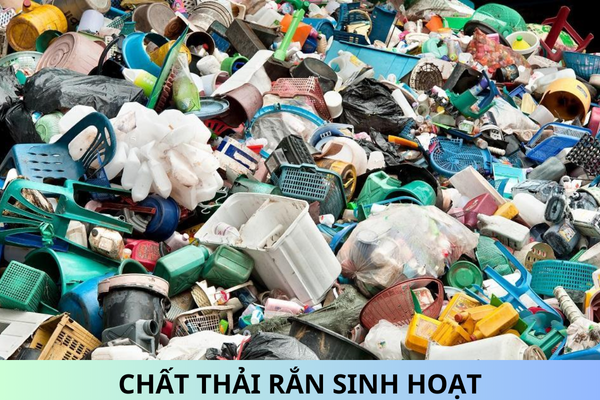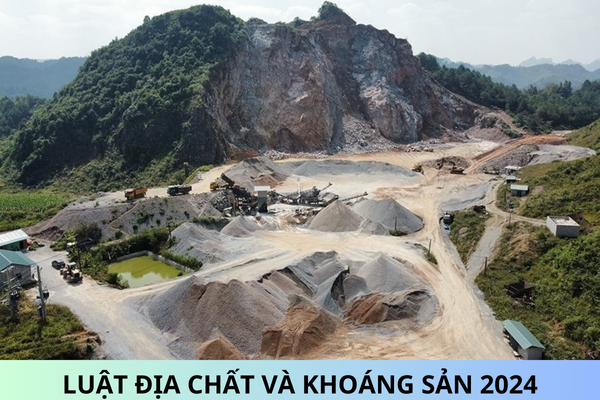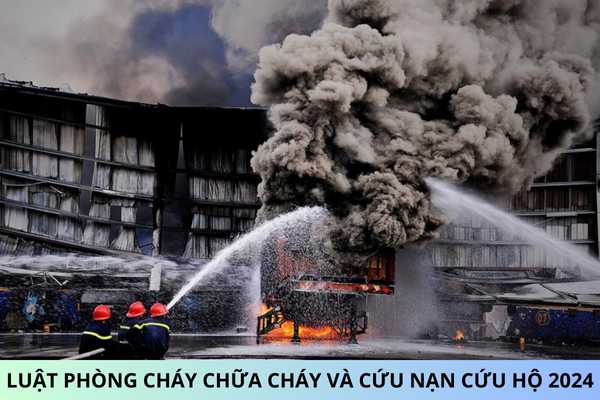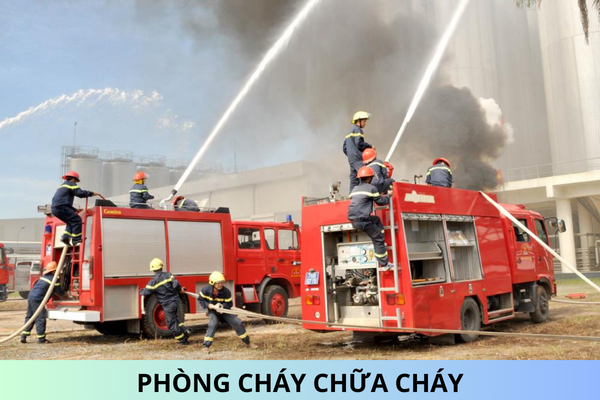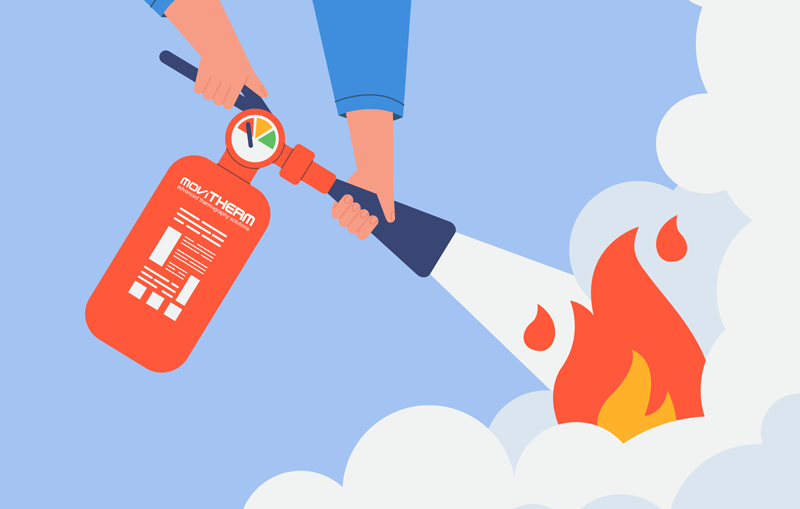21 facilities managed by police authorities regarding fire prevention and fighting in 2024 in Vietnam
What are included in the list of facilities managed by police authorities regarding fire prevention and fighting in 2024 in Vietnam? - Mr. Huy (Lam Dong)
21 facilities managed by police authorities regarding fire prevention and fighting in 2024 in Vietnam
Pursuant to Appendix 3 of the List of facilities managed by police authorities issued together with the Decree 50/2024/ND-CP, the list of facilities managed by police authorities regarding fire prevention and fighting includes:
1. Headquarters of regulatory bodies at district level or higher.
2. Apartment buildings with 5 floors or more or a total volume of 5,000 m3 or more; tenement houses, dormitories with 5 floors or more or with a total volume of 2,500 m3 or more; mixed-use buildings with 5 floors or more, or a total volume of 1,500 m3 or more.
3. Nursery schools, kindergartens, preschools with 100 children or more or a total volume of school buildings and service buildings of 1,000 m3 or more; elementary schools, lower secondary schools with a total volume of school buildings and service buildings of 2,000 m3 or more; upper secondary schools, secondary schools, colleges, universities, academies; professional secondary schools, vocational schools, continuing education institutions; other educational institutions established under the Law on Education with a total volume of 1,000 m3 or more.
4. Hospitals; polyclinics, specialized clinics, facilities that provides care, rehabilitation, and orthopaedic, nursing homes, disease prevention centers, medical centers, other medical facilities established under the Law on Examination and Treatment with 3 floors or more or a total volume of 1,000 m3 or more.
5. Theaters, cinemas, circuses with 600 seats or more; convention centers, cultural houses with 3 floors or more or their total volume of 1,500 m3 or more; karaoke establishments, discotheques, bars, clubs with 3 floors or more or a total volume of business buildings of 1,000 m3 or more; amusement parks, zoos, aquariums with a volume of 1,500 m3 or more.
6. Grade 1 markets, grade 2 markets; shopping centers, electronics stores; supermarkets; food and beverage establishments, businesses trading in flammable and explosive goods with a total business area of 300 m2 or more or a total volume of business buildings of 1,000 m3 or more.
7. Hotels, guesthouses, motels, and other accommodation establishments established under the Law on Tourism, boarding houses with 5 floors or more or a total volume of accommodation buildings of 2.500 m3 or more.
8. Buildings used as headquarters and offices for enterprises, political and social organizations with 5 floors or more or a volume of 1.500 m3 or more.
9. Museums, libraries, exhibition halls, display halls, archives, bookstores, fair houses with a volume of 1,500 m3 or more; religious facilities with a volume of 5,000 m3 or more.
10. Buildings of postal service points, postal facilities, telecommunications facilities with 3 floors or more or a total volume of buildings of 1.500 m3 or more; data storage and management centers, radio and television facilities, publishing and printing facilities with a total volume of buildings of 1,000 m3 or more.
11. Stadiums; sports halls; indoor sports centers; fitness and sports centers; racetracks, shooting ranges; other sports facilities established under the Law on Physical Training and Sports with a total volume of buildings of 1,000 m3 or more.
12. Airports; air traffic control towers; hangars; seaports; dry ports; inland waterway ports of category I and II; bus terminals of category I and II; rest stops of category I; railway stations of category I, II, III; cable car stations for passenger transport; subways; motor vehicle registration facilities; businesses engaging in trading, repair and maintenance of motor vehicles with a business area of 300 m2 or more or a total volume of buildings of 1,500 m3 or more.
13. Garages with a capacity of 10 or more cars.
14. Road tunnels and railway tunnels with a length of 500 meters or more.
15. Nuclear facilities; facilities for production, trade, storage, and use of industrial explosives and explosive precursor substances; warehouses for industrial explosives and explosive precursors; ports for export and import of industrial explosives and explosive precursors; warehouses for weapons and support tools.
16. Facilities for exploitation, processing, production, transportation, trade, and storage of petroleum and petroleum products, natural gas on land; oil and petroleum product depots, gas depots; ports for export and import of petroleum and petroleum and gas products; oil and gas retailers, flammable liquid retail stores; gas retail stores with a total gas storage volume of 150 kg or more.
17. Industrial establishments with fire and explosion hazard classes A and B; fire and explosion hazard class C with a total volume of buildings with production technology lines of 2,500 m3 or more; fire and explosion hazard classes D and E with a total volume of buildings with production technology lines of 5,000 m3 or more.
18. Power plants; substations with voltage of 110 kV or higher.
19. Tunnels for production, storage, and use of flammable and explosive substances; national reserve warehouses; warehouses for flammable goods and materials with a total volume of 1,500 m3 or more; storage areas for flammable goods, materials, and scrap with an area of 1,000 m2 or more.
20. Other establishments not included in the list from items 1 to 19 that have an internal gasoline filling station or use a central gas supply system with a total gas consumption of 70 kg or more.
21. Mixed-use buildings for dwelling and production and trade of flammable and explosive goods with a floor area for business purposes of 300 m2 or more.
21 facilities managed by police authorities regarding fire prevention and fighting in 2024 in Vietnam - image from internet
What are fire safety requirements applicable to facilities managed by police authorities regarding fire prevention and fighting in Vietnam?
Pursuant to Clause 1 Article 5 of the Decree 136/2020/ND-CP, any facility managed by police authorities regarding fire prevention and fighting must satisfy the following fire safety requirements:
- Regulations, prohibition signs, signage, plans or instruction signs concerning fire prevention, fighting and escape are provided in accordance with fire prevention and fighting regulations and standards or regulations of the Ministry of Public Security;
- There are internal and specialized firefighting forces suitable for the facility’s characteristics and having received training in fire prevention and fighting operation, and on-site combat-ready firefighters according to regulations, excluding the case provided for in Point g Clause 3 Article 31 of the Decree 136/2020/ND-CP;
- There is a firefighting plan approved by the competent authority.
- Power system, lightning protection system, antistatic system, electrical equipment, spark-generating equipment, heat-generating equipment, and the use of fire sources and heat sources must ensure fire safety in accordance with regulations and standards on fire prevention and fighting or regulations of the Ministry of Public Security;
- There are sufficient and quality traffic system, water supply system and communication system supporting fire fighting, system for management of database on fire prevention and fighting, incident notification system, fire alarm system, firefighting system, fire blocking system, smoke blocking system, fire escape system, other fire prevention and fighting equipment, and rescue equipment in accordance with regulations and standards on fire prevention and fighting or regulations of the Ministry of Public Security;
- The fire safety and firefighting authority (hereinafter referred to as “firefighting authority”) has issued a certificate of design appraisal and design appraisal document (if any) and written approval of fire safety commissioning results for projects and works included in the list in Appendix V of the Decree 136/2020/ND-CP, excluding national defense facilities operating for military purpose and motor vehicles subject to special fire safety requirements manufactured or converted for military purpose by national defense facilities.
What are fire prevention and fighting principles in Vietnam?
Pursuant to Article 4 of the Law on fire prevention and fighting in 2001 stipulating fire prevention and fighting principles in Vietnam:
- To mobilize the combined strength of entire population for fire prevention and fighting activities.
- To take prevention as key in the fire prevention and fighting activities; to take initiative in fire prevention, minimizing cases of fire and damage caused by fires.
- To ready forces, means, plans and other conditions for prompt and efficient extinguishment of fires when they occur.
- All fire prevention and fighting activities must, first of all, be carried out and handled by on-spot forces and means.
Best regards!
